Buy Ridge Gourd Seeds from various brands at DesiKheti:
Buy Advanta Ridge Gourd Seeds Online
Buy Agroisia Ridge Gourd Seeds Online
Buy Bioseed Ridge Gourd Seeds Online
Buy Dutch Agriseeds Ridge Gourd Seeds Online
Buy East West Ridge Gourd Seeds Online
Buy Enza Zaden Ridge Gourd Seeds Online
Buy Fito Ridge Gourd Seeds Online
Buy HM Clause Ridge Gourd Seeds Online
Buy Indo American Seeds Ridge Gourd Seeds Online
Buy Kalash Ridge Gourd Seeds Online
Buy Kaveri Seeds Ridge Gourd Seeds Online
Buy Known You Ridge Gourd Seeds Online
Buy Konico Seeds Ridge Gourd Seeds Online
Buy Mahyco Ridge Gourd Seeds Online
Buy Max Seeds Ridge Gourd Seeds Online
Buy Namdhari Seeds Ridge Gourd Seeds Online
Buy Noble Seeds Ridge Gourd Seeds Online
Buy Nongwoo Ridge Gourd Seeds Online
Buy BASF Nunhems Ridge Gourd Seeds Online
Buy Nuziveedu Seeds Ridge Gourd Seeds Online
Buy Sarpan Seeds Ridge Gourd Seeds Online
Buy Sungro Seeds Ridge Gourd Seeds Online
Buy Tokita Ridge Gourd Seeds Online
Buy Unisem Ridge Gourd Seeds Online
Buy US Agriseeds Ridge Gourd Seeds Online
Buy Vagro Seeds Ridge Gourd Seeds Online
Buy VNR Ridge Gourd Seeds Online
Buy Welcome Seeds Ridge Gourd Seeds Online
Ridge Gourd is known scientifically as Luffa acutangula. It is a member of the Cucurbitaceae family and has a wide geographical presence. Originating in India, Ridge Gourd is now widely cultivated in West Africa, East Africa, and Southern and Eastern Asia.
In India, Ridge Gourd is referred to by names such as Karala, Dodka, Beerakaya, Turai, Peerkangai, Heerekayi, and Peechinga. Ridge Gourd is grown primarily for its unripe fruit. Beerakaya is a staple in many cuisines due to its high dietary fibre content, making Turai excellent for weight loss. Additionally, Dodka offers significant health benefits, including managing diabetes, purifying the blood, and providing relief for malaria sufferers.
Climate for Ridge Gourd Cultivation
Beerakaya is a warm-season crop, and a warm-humid climate is preferable. Beerakaya cultivation is best suited for the rainy season. The ideal temperature range for Beerakaya cultivation is 25-30°C.
Temperatures exceeding 38°C, particularly during the early growth stage, can cause an overproduction of male flowers in Beerakaya plants. This results in a reduction of yield in Beerakaya cultivation. Low temperatures can also negatively affect Beerakaya plant growth.
Soil for Turai Cultivation
Beerakaya grows well in various soil types, with sandy loam being the best. Soil rich in organic matter is preferable for Peerkangai cultivation. Proper drainage is essential for the healthy growth of Peerkangai plants. The optimal soil pH range is 6.5 to 7.5.
Land Preparation for Beerakaya Farming
Start preparing the field 3-4 weeks before Ridge Gourd seed sowing. The field must be ploughed 4-5 times to achieve a fine tilth. Incorporate well-decomposed farmyard manure at a rate of 15 to 20 tonnes per hectare to enhance soil fertility and provide essential nutrients to Torai plant cultivation.
Ridge Gourd Seeds and Propagation Material
Selection of Ridge Gourd Variety: Choose a Peerkangai variety based on the cultivation purpose, local market preferences, climatic conditions, soil type, irrigation facilities, and pest and disease prevalence in the area.
Procurement of Quality Ridge gourd Seeds: Ensure Ridge Gourd seeds are procured from reliable, authenticated sources. At DesiKheti, we offer a wide range of quality Ridge gourd seeds delivered conveniently to your doorstep.
Ridge Gourd Seed Rate:
- Varieties: 2 kg Beerakaya seeds per acre of Land.
- Hybrids:
- Bower system: 600 to 700 g Turai seeds per acre of Land.
- On the ground: 2 kg Turai seeds per acre of Land.
Dodka Seed Treatment: Hybrid and open-pollinated Turai seeds marketed by the private sector are usually chemically treated. For other Turai seeds, treat with Trichoderma viride at 4 g/kg or Pseudomonas fluorescens at 10 g/kg.
Time of Sowing Ridge Gourd seeds
- Summer Crop: Sowing of Turai seeds is done between January to February.
- Rainy Season Crop: Sowing of Turai seeds is done between June to July.
The sowing time of Beerakaya seeds can vary based on the region. The best time for sowing Turai seeds in the hilly areas is April to May. In South India, the rabi crop is typically sown in December.
Method of Sowing Ridge Gourd seeds
Turai Seeds can be sown directly in the field or raised in poly bags and transplanted to the main field two weeks after germination. Since the Dodka seeds have a hard seed coat, soaking Peerkangai seeds overnight in water is advisable.
Sowing methods for Dodka seeds include raised beds, furrows, or pits. Under the bower or trellis system of sowing Dodka seeds, a row-to-row distance of 1.5-2.5 m and a hill-to-hill distance of 60-120 cm is recommended. For the pit system of sowing Peerkangai seeds with ground trailing, a row-to-row spacing of 1.5-2.0 m and a pit-to-pit distance of 1.0-1.5 m are suggested.
In South India, specific practices of Turai cultivation involve digging pits of 45 cm x 45 cm filled with farmyard manure and topsoil. Around three Turai seeds are sown per pit and thinned to two Turai seedlings after germination.
Nutrient Management For Dodka Farming
Nutrient application in the Turai field should be based on soil tests. Apply 15 to 20 t/ha of well-decomposed farmyard manure (FYM) 10 to 15 days before sowing Jhinge seeds. For one hectare, apply NPK in the ratio of 100:60:60.
Apply the full amount of phosphorus, potassium, and one-third of nitrogen as a basal dose during the last ploughing. Apply the remaining nitrogen in two equal doses: 30 days after sowing Ridge gourd seeds and at the start of flowering as a top dressing.
Irrigation Management for Ridge Gourd cultivation
Irrigate the basin before dibbling the Beerakaya seeds. In summer, regular irrigation is needed every 4-5 days. During the rainy season, regular irrigation is usually unnecessary and can be done based on Dodka crop needs. Beerakaya Flowering and fruit development are sensitive to soil moisture stress.
Before flowering, when the Beerakaya vines have spread adequately, provide light irrigation to create a microclimate conducive to Dodka flowering and fruit development. Generally, the Dodka crop is raised using the basin or furrow system of irrigation. Drip irrigation significantly boosts Dodka yield, increasing production by up to 90%.
Weed Management for Turai Cultivation
Perform the first weeding 20 days after sowing Ridge Gourd seeds, when vines of Beerakaya begin spreading or are ready for training, typically at a length of 30-40 cm. Perform another weeding 30 to 45 days after the first weeding.
Training and Pruning for Ridge Gourd Farming
Use the bower system to train the Turai plant effectively. Support the Beerakaya vine with a bamboo pole. Remove branches emerging from the base to strengthen the main Dodka vine as it reaches the bower.
The optimal time for pruning the Beerakaya plant is between November and January, when the Peerkangai vine stops flowering and fruiting due to lower temperatures. Allow the growth of 2-3 Beerakaya plant branches to encourage spreading on the bower.
Pest and Disease Management in Ridge Gourd Cultivation
Common Pests of Turai
Red Pumpkin Beetle (Aulacophora foveicollis)
- Beetles bite holes in Beerakaya leaves, flowers, and cotyledons.
- Early sown cucurbits are severely damaged, necessitating resowing.
- Grubs feed on underground stems and roots, creating holes and galleries that lead to the drying up of the Beerakaya plants.
Aphids (Aphis gossypii)
- Both nymphs and adults suck sap from tender leaves and shoots, causing Turai leaves to curl and growth to be stunted.Turai Flowers and pods are also affected.
- Honeydew excretion leads to sooty mould, interfering with photosynthesis.
Epilachna Beetles (Epilachna septima)
- Minute grubs feed on Dodka leaf surfaces, leaving veins and veinlets, resulting in skeletonized Turai leaves.
- The grown-up grubs become voracious feeders. Adult stages feed on foliage, leading to the formation of holes and defoliation in the Beerakaya plant.
Green Leaf Hopper (Amrasca biguttula biguttula)
- Nymphs infest the undersides of Turai leaves, extracting sap and causing characteristic hopper burn symptoms.
Pumpkin Caterpillar (Diaphania indica)
- Folds leaves and scrapes green matter, causing them to dry up.
- They can also feed on the ovaries of Turai flowers and sometimes bore into young developing Turai fruits.
Leaf Miner (Liriomyza trifolii)
- Maggots puncture the epidermal layers and scrape chlorophyll, reducing photosynthesis and leading to Dodka plant death in severe cases.
Root-Knot Nematode (Meloidogyne incognita acrita)
- This infestation leads to Premature leaf fall, wilting, reduced growth, and reduced Turai fruit production.
- Infected Turai plants develop characteristic galls or knots on their roots.
Cucurbit Fruit Fly (Bactrocera cucurbitae)
- Female fruit flies lay eggs on Peerkangai flowers or fruits.
- Maggots bore into the Dodka fruit, feeding on the pulp and causing lesions.
- Beerakaya Fruits decay due to secondary bacterial infection.
- Infestation leads to premature drop of Dodka fruits.
- The damage is more severe during the monsoon season.
Common Diseases of Dodka
Fusarium Wilt (Fusarium oxysporum)
- Affects Dodka seedlings and mature plants.
- Young Turai seedlings may damp off and die. Older Dodka plants show tip burning on margins and gradual wilting.
- Dead stems display a white or pinkish fungal growth.
- A key symptom is the discolouration of the vascular system.
Powdery Mildew (Sphaerotheca fuliginea)
- This disease results in White powdery coating on all parts of the Beerakaya plant except fruits.
- Turai Leaves become chlorotic and dry, and infected shoots also dry off, stunting Turai plant growth and reducing yield.
Downy Mildew (Pseudoperonospora cubensis)
- Downy mildew infection results in Angular yellow patches on the upper leaf surface, with white downy growth on the lower surface.
- Severe attacks cause leaf drying and shedding, malformed Dodka fruits, stunting, and Turai plant death.
Anthracnose (Colletotrichum lagenarium)
- Attacks all above-ground Plant parts. Beerakaya Young seedlings dry and die. Older Dodka plants show yellowish-brown spots on leaves, leading to "shot hole" effects.
- Turai stem infections cause water-soaked brown lesions, girdling the stem and killing shoots.
- Affected Jhinge fruits display circular, black, sunken lesions, ripen early, and rot due to secondary microorganisms.
Collar Rot (Rhizoctonia solani) / Pythium Rot (Pythium sp.)
- Dark brown water-soaked lesions girdling the stem base at the soil level, leading to Turai plant death.
- More severe under waterlogged conditions and during the rainy season.
Mosaic
- Mosaic disease can be caused by various viruses, such as cucumber mosaic virus, watermelon mosaic virus, and yellow vein mosaic virus.
- Symptoms expressed vary with the virus. Common symptoms include mosaic mottling, leaf curling and twisting, shortened internodes, stunted growth, and reduced vegetative growth, flowering, and productivity of Dodka plants.
Harvesting of Ridge Gourds
The crop is ready for the first harvest approximately 60 days after sowing Dodka seeds. Peerkangai fruits reach marketable maturity in 5 to 7 days. Harvesting of Beerakaya should be done every 3 to 4 days to avoid over-maturity. Over-mature Turai fruits develop a fibrous texture and become unsuitable for consumption.
Ridge Gourd Yield
The average yield for ridge gourd varieties is between 7.5 to 15 tons per hectare. The average Dodka yield for hybrid varieties is between 20 to 30 tons per hectare.
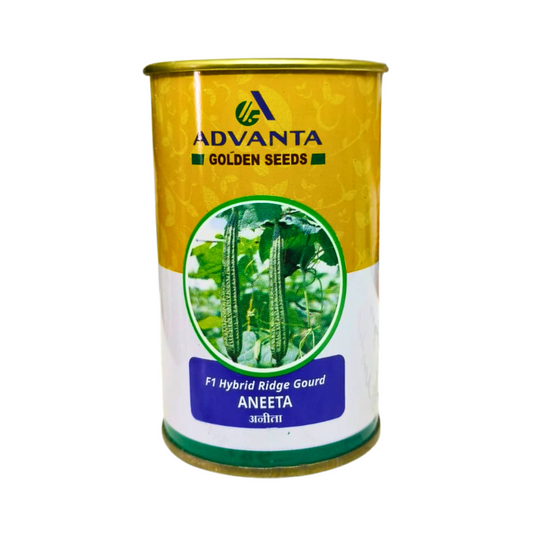
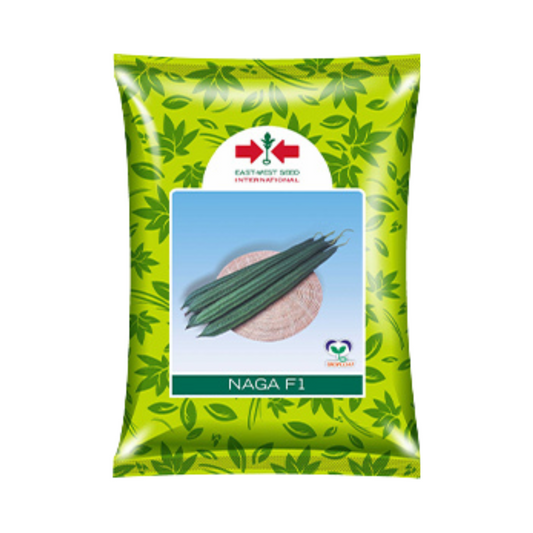
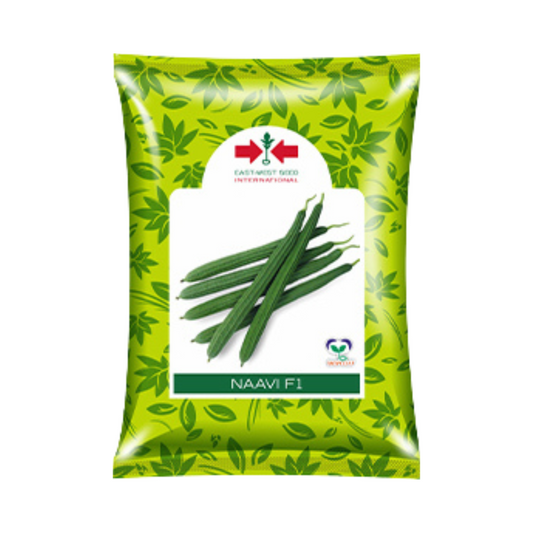
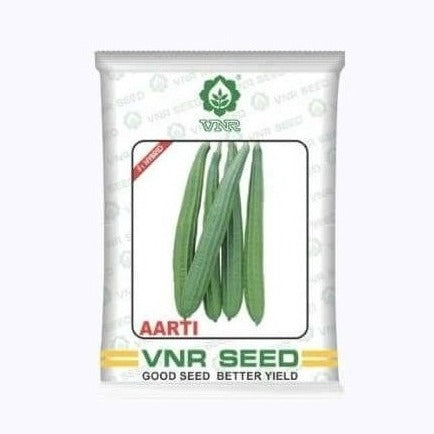 Sold out
Sold out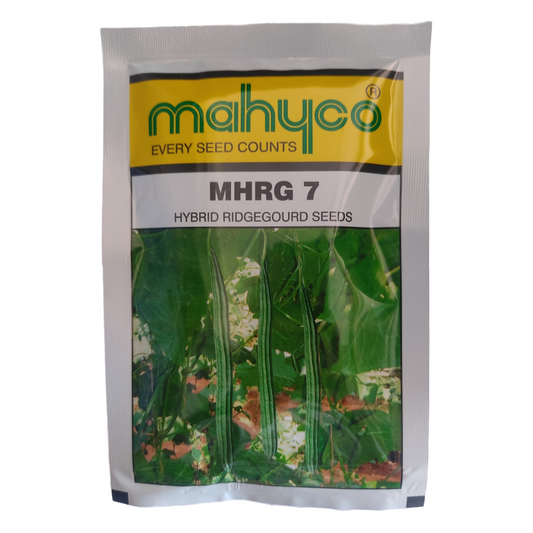 Sold out
Sold out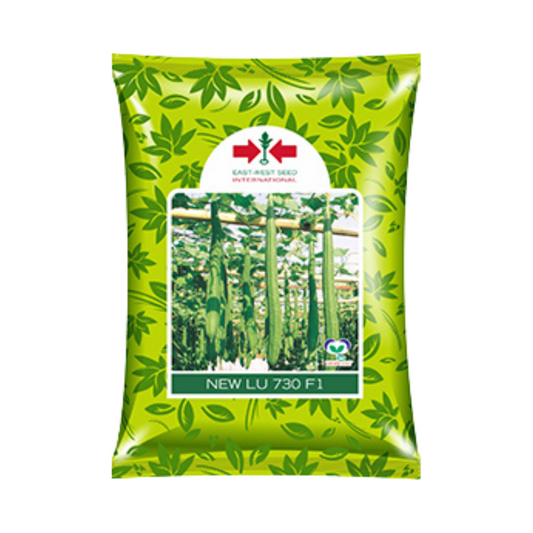 Sold out
Sold out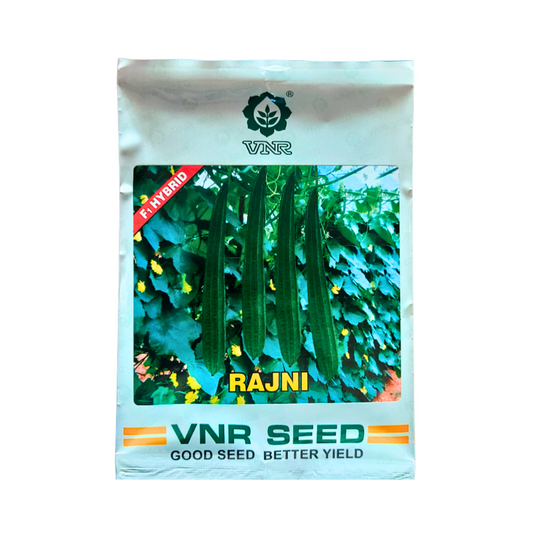 Sold out
Sold out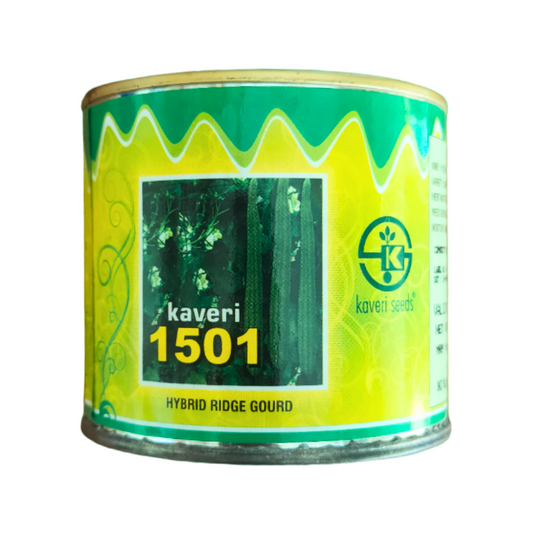 Sold out
Sold out
 Sold out
Sold out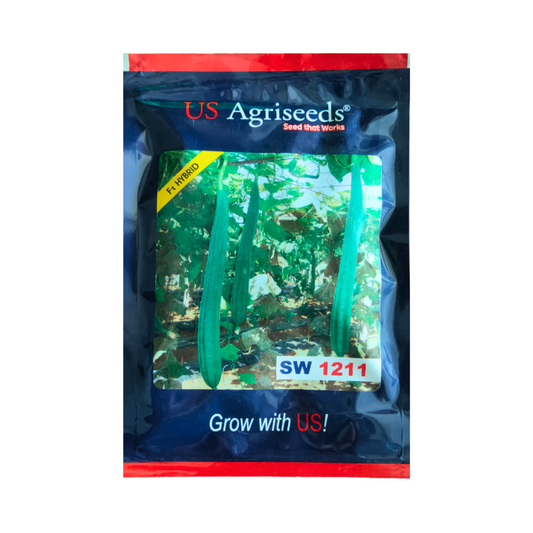 Sold out
Sold out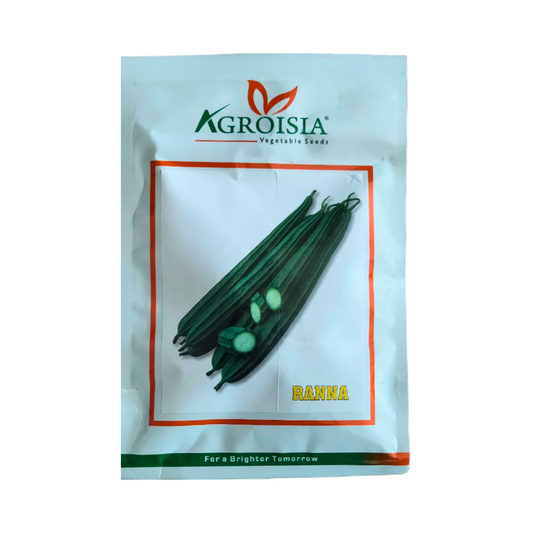 Sold out
Sold out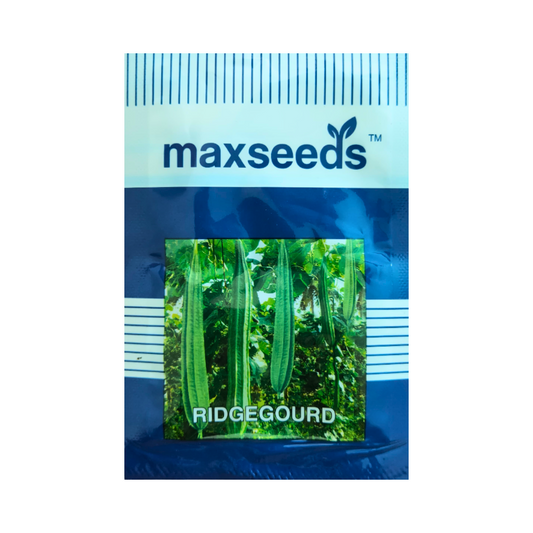 Sold out
Sold out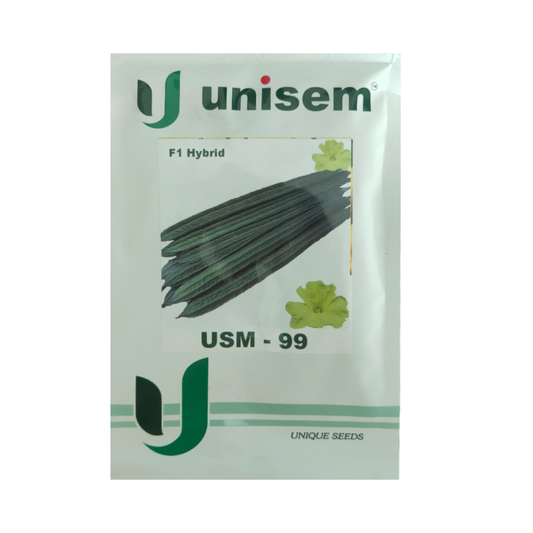
 Sold out
Sold out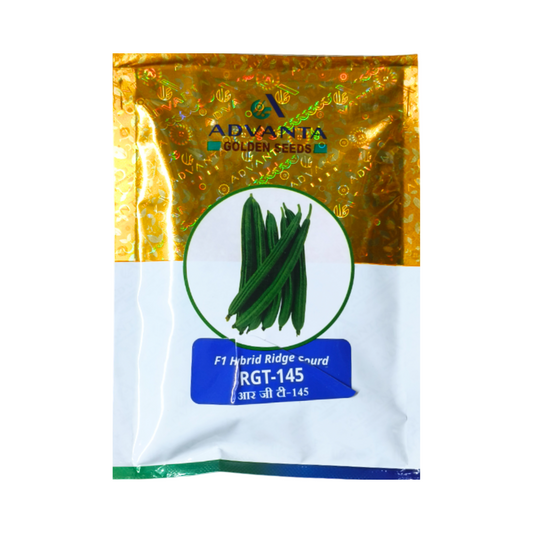 Sold out
Sold out Sold out
Sold out

 Sold out
Sold out Sold out
Sold out Sold out
Sold out Sold out
Sold out























